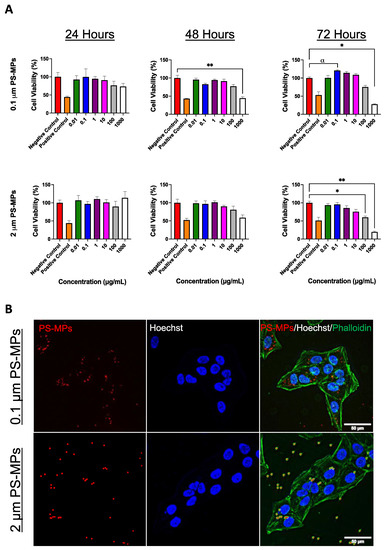2023-08-24 イリノイ大学アーバナ・シャンペーン校
◆イリノイ大学のGustavo Caetano-Anollés教授は、この新たな変異株についての専門的見解を提供しています。彼の研究では、SARS-CoV-2ウイルスの進化を追跡し、過去の変異株に関する情報を分析しています。新しい変異株は急速に広がっており、免疫への回避能力や重症度、伝播性についての不確実性があり、その影響と進化を理解するために慎重なモニタリングと研究が必要です。
<関連情報>
- https://aces.illinois.edu/news/aces-expert-viral-evolution-and-new-ba286-covid-variant
- https://f1000research.com/articles/12-267/v1
SARS-CoV-2のハプロタイプは季節的影響により世界的に分離される[バージョン1] Seasonal effects decouple SARS-CoV-2 haplotypes worldwide [version 1; peer review: 2 approved]
Tre Tomaszewski, Muhammad Asif Ali, Kelsey Caetano-Anollés,Gustavo Caetano-Anollés
F1000 Research Published: 13 Mar 2023
DOI:https://doi.org/10.12688/f1000research.131522.1

Abstract
Background: Variants of concern (VOCs) have been replacing each other during the still rampant COVID-19 pandemic. As a result, SARS-CoV-2 populations have evolved increasingly intricate constellations of mutations that often enhance transmissibility, disease severity, and other epidemiological characteristics. The origin and evolution of these constellations remain puzzling.
Methods: Here we study the evolution of VOCs at the proteome level by analyzing about 12 million genomic sequences retrieved from GISAID on July 23, 2022. A total 183,276 mutations were identified and filtered with a relevancy heuristic. The prevalence of haplotypes and free-standing mutations was then tracked monthly in various latitude corridors of the world.
Results: A chronology of 22 haplotypes defined three phases driven by protein flexibility-rigidity, environmental sensing, and immune escape. A network of haplotypes illustrated the recruitment and coalescence of mutations into major VOC constellations and seasonal effects of decoupling and loss. Protein interaction networks mediated by haplotypes predicted communications impacting the structure and function of proteins, showing the increasingly central role of molecular interactions involving the spike (S), nucleocapsid (N), and membrane (M) proteins. Haplotype markers either affected fusogenic regions while spreading along the sequence of the S-protein or clustered around binding domains. Modeling of protein structure with AlphaFold2 showed that VOC Omicron and one of its haplotypes were major contributors to the distortion of the M-protein endodomain, which behaves as a receptor of other structural proteins during virion assembly. Remarkably, VOC constellations acted cooperatively to balance the more extreme effects of individual haplotypes.
Conclusions: Our study uncovers seasonal patterns of emergence and diversification occurring amid a highly dynamic evolutionary landscape of bursts and waves. The mapping of genetically-linked mutations to structures that sense environmental change with powerful ab initio modeling tools demonstrates the potential of deep-learning for COVID-19 predictive intelligence and therapeutic intervention.


